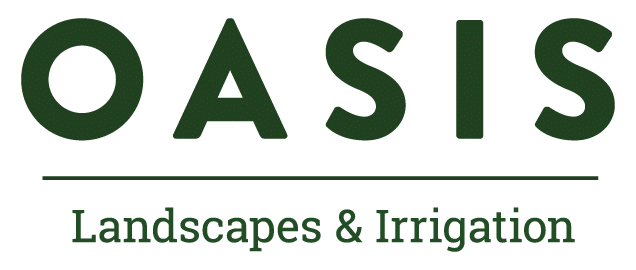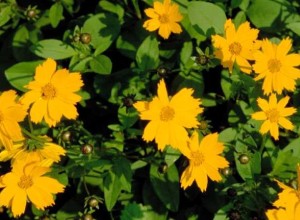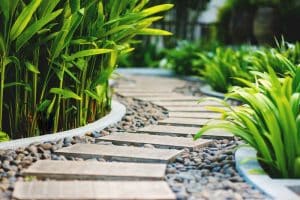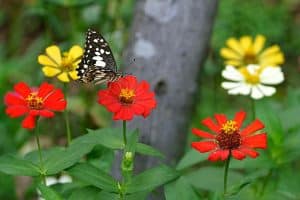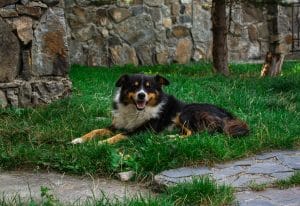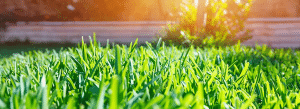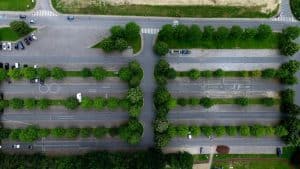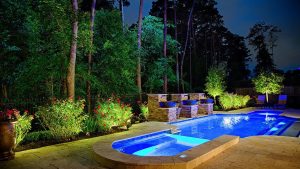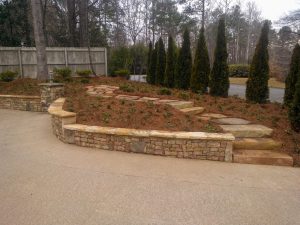As the interest in home gardening continues to grow throughout Georgia’s cities and rural areas, we find more and more customers asking about “going native,” the term landscape designers use to refer to plants that are native to the area. In essence, native vegetation is designed to live in the local climate and the soil types and this has can provide numerous benefits for your yard or garden.
Native species are contrasted against non-native species which were brought in from other areas. When a yard or garden is neglected, it can become infested with invasive species of weeds, shrubs and trees. Here in Georgia, kudzu is a good example of an invasive species run amuck. Invasive weeds crowd out the plants you do want and make it harder for them to grow. Invasive plants also create unwanted environments for pests and other insects to live and thrive.
Over long periods of time, natural controls have evolved between plants, insects and other animals and when that balance is thrown off, it can have many unintended and unwanted consequences. One of the best ways to reestablish a yard or garden that is out-of-balance is to remove non-native plants and replace them with species evolved to thrive in the area.
Native plants attract natural insects which attracts animals that eat the bugs which help to fertilize the plants and the natural cycle has been restored. Typically, native plants also have natural defenses to ward off local infections and local insects. The complete benefits of native plant species can be summarized as follows:
- Saves Water – Native plants rarely need irrigation beyond what the average yearly rainfall is for your area.
- Easy to Maintain – Adapted to suit the local environment, natives plants require very little care once properly established. They rarely need extra water, fertilizer, treatment against pests, constant pruning, etc.
- Cultivates Biodiversity – Native plant species attract local birds, beneficial insects, butterflies, and other native creatures. Quite simply, native wildlife is more attracted to native plants.
- No Pesticide – Native plants have commonly developed their own natural resistance against many disease and pests. Eliminating pesticides not only saves money, it keeps harmful chemicals out of the soil and local watershed.
Non-native species can not only rob your yard or garden of precious water and nutrient resources, they can also attract and make a comfortable home for foreign pests, insects and other unwanted guests. Without natural control checks and predators in place, these alien and invasive species can wreak havoc on gardens. The Invasive Plant Atlas is a fantastic resource for those wishing to familiarize themselves with more detail about non-native plant-life.
This is a great list of local Georgia native plant species. Grasses, vines, trees, shrubs and wildflowers are just some of the natural options available to you. The Georgia Native Plant Society also has a wealth of information for those wishing to learn more about Georgia’s native flora and other natural wildlife.
In summary, native plants save money, reduce water consumption, help to get rid of unwanted pests and all with less effort and less work than non-native species. Native species are healthier, happier and look better than non-invasive species. Finally, local and native plants are better for the local Georgia environment than non-native species. When you add it all up, isn’t it time your yard or garden went native?
